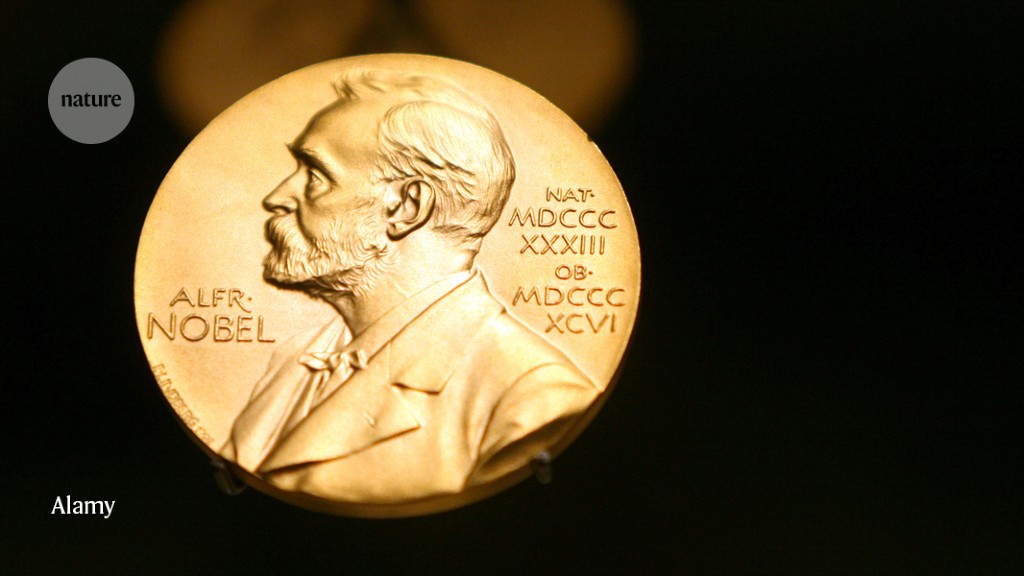Physicists who built ultrafast ‘attosecond’ lasers win Nobel Prize

Pierre Agostini, Ferenc Krausz and Anne L’Huillier receive award for ultra-short pulses of light, which have enabled the close study of electrons

The Nobel Prize medal features a portrait of Alfred Nobel.Credit: Kay Nietfeld/dpa via Alamy
This year’s Nobel Prize in Physics has been awarded to three physicists — Pierre Agostini at Ohio State University, US, Ferenc Krausz at the Max Planck Institute of Quantum Optics in Garching, Germany, and Anne L’Huillier at Lund University, Sweden — for their research into attosecond pulses of light.
Attosecond physics allows scientists to look at the very smallest particles at the very shortest timescales. The winners all developed experiments to be able to produce these ultrafast laser pulses, which can be used to probe our world at the smallest scales and have applications across chemistry, biology and physics.
The prize was announced this morning by the Royal Swedish Academy of Sciences, in Stockholm, Sweden. The winners share a prize of 11 million Swedish kroner ($US 1 million).
The laureates include the fifth woman ever to have been awarded the physics prize. Of 221 previous winners, just four have been women: Marie Curie in 1903 for her work on radiation phenomena, Maria Goeppert-Mayer in 1963 for unpicking some of the details of atomic structure, Donna Strickland in 2018 for work in laser physics and Andrea Ghez in 2020 for research into supermassive black holes.
L’Huillier was teaching when she received the call saying that she had won. “The last half hour of my lecture was very difficult to do,” she said at a press conference after the prize announcement. “As you know, there are not many women that get this prize, so it’s very, very special.”
“The ability to generate attoseconds of light has opened the door on an extremely tiny timescale, and it also opened the door to the world of electrons,” said Eva Olsson, chair of the Nobel committee for physics, at the announcement. “Back in 1925, Werner Heisenberg argued that this world cannot be seen. Thanks to attosecond physics, this is now starting to change.”
doi: https://doi.org/10.1038/d41586-023-03047-w
Additional reporting by Myriam Naddaf.
This is a breaking news story that will be updated throughout the day.
This story originally appeared on: Nature - Author:Katharine Sanderson


















